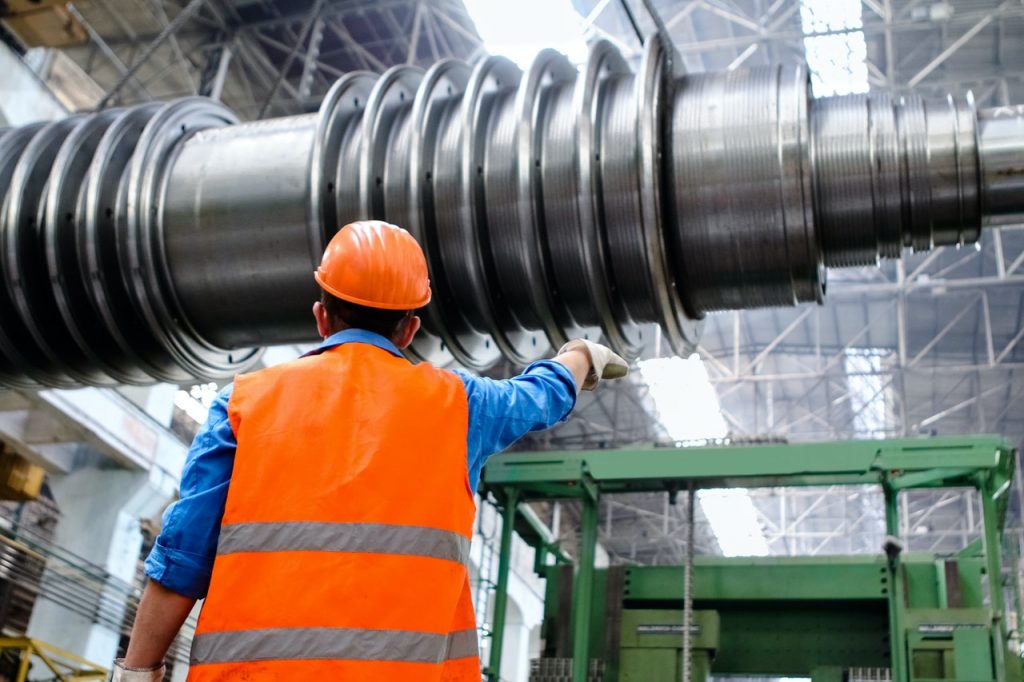
Many manufacturers are revamping the way they do business, but, the Internet of Things (IoT) and Industrial Internet of Things (IIoT) are not included in this. The strength of IoT and IIoT is being able to obtain data at a distance. Now there is an even greater way to connect our information over further distances. Under the current business trends, we are trying to be more creative. This means we take the systems we used to have and now try to make them fit into our rapidly changing need for information.
Accessibility While Offsite
A year ago, many manufacturers were contemplating how they were going to weave IIoT into their fabric of information and their existing IT systems. Fast forward to today and we have adapted to virtual meetings and working from home. We used to get answers simply by walking through a plant floor or running a report in the office, but for many of us, that is still not an option. These answers need to be obtained remotely. Access is one of the biggest issues. How do we securely allow for a remote connection into the servers and determine who can gain access? This can be a difficult situation because it’s very likely that what one person feels they need to have access to, may not be what the IT department and supervisor deem necessary. They can determine who needs what and when. Can they openly access the IoT information that gets fed into reporting software or processors? Can you use firewalls that are time-locked out, much like the safes in the movies that can’t be opened until morning once they’re locked? Once you determine who is authorized and needs the information, you can look at the next phase of “How?”
How do the users need the information? I’ll use a simple example of a sensor that tracks the machine running versus not running. Once that sensor feeds the information into the accumulation device or control through a gateway, it will be populated and push the information up to the cloud where others can access it. The uptime may combine with the data for the jobs to help managers in production to determine if they will meet their demands or if they will have to run overtime. Other programs such as maintenance programs that plan for preventive care using hours of run time as a parameter need to use these registers also. The sharing of data with people and programs is a very important part of IoT.
Feedback on Information Received

Accessibility and sharing are crucial to the value of IoT, but what else? That would be feedback. Once information is received, the data is used to adjust the parameters, often through smart sensors. Many of today’s sensors have this type of adjustability; they have a sensitivity curve that can be adjusted and calibrated, based on environment or even chemical makeup. The feedback provides better control over the accuracy of the sensor and makes it more responsive. Feedback also provides information back to smart controllers which are able to take data profiles and customize sensors to the job or application.
Everything in our future world must be dynamic and flexible to rise to the challenge with technology. In manufacturing optimization, a chain is only as strong as its weakest link. IoT is working on all phases to not be that weakest link. The future of IoT is bright indeed. Wear shades as needed!
Learn more about IIOT here: Preparing to Integrate IIoT: How can controls, automation, and instrumentation help with integration and use of Industrial Internet of Things (IIoT) technologies? (Part 1) and (Part 2)

